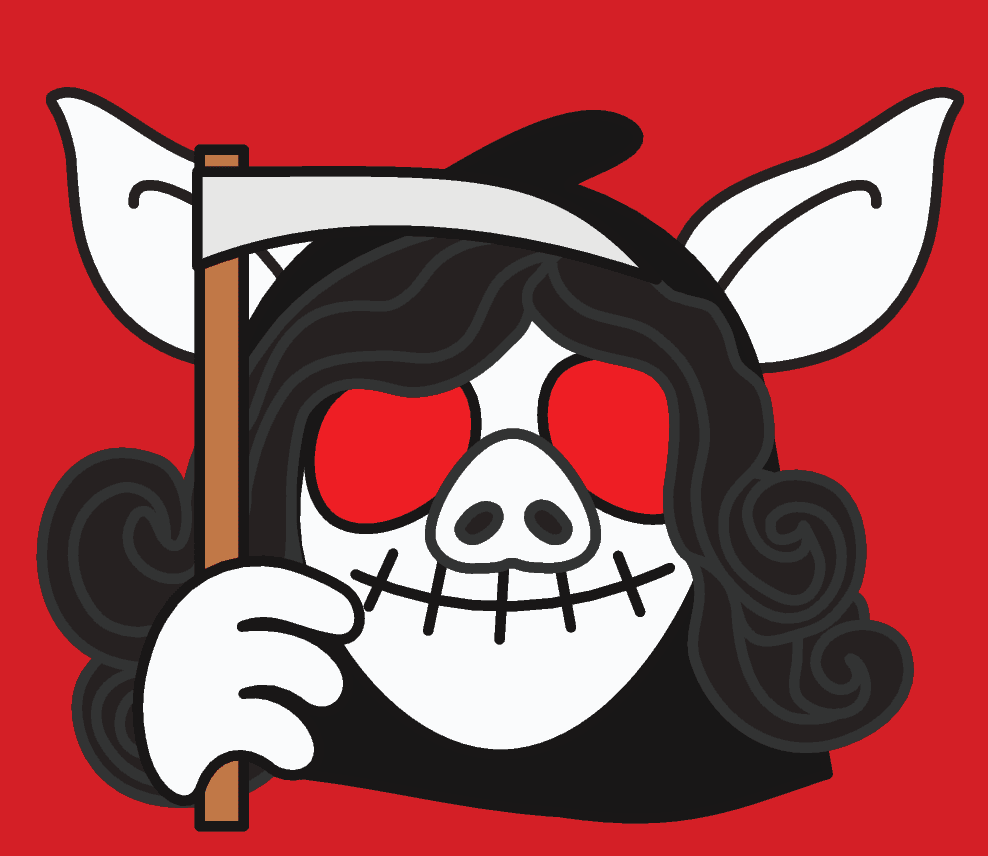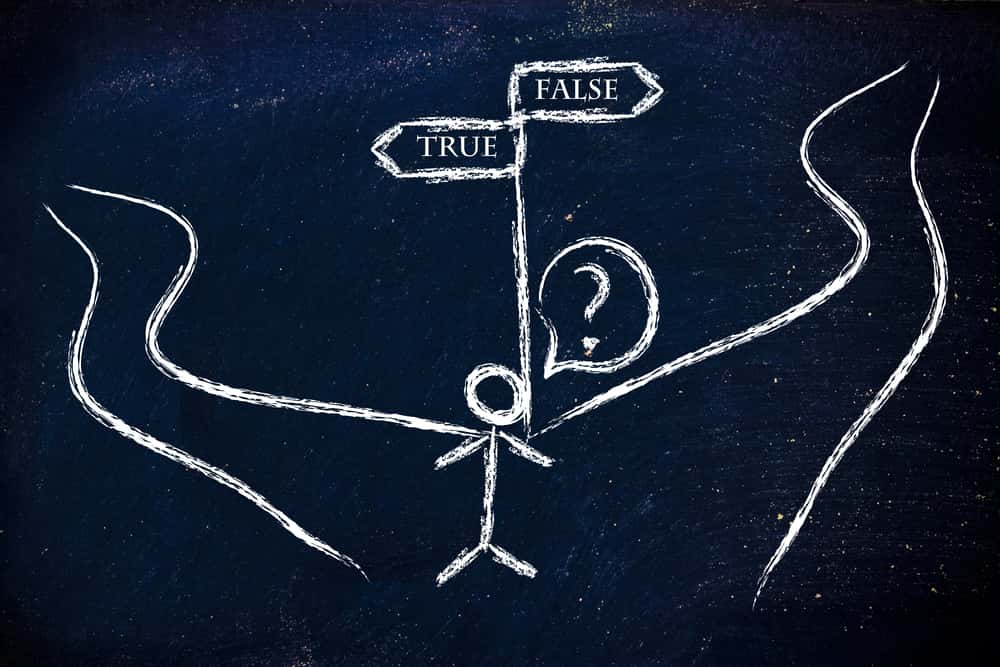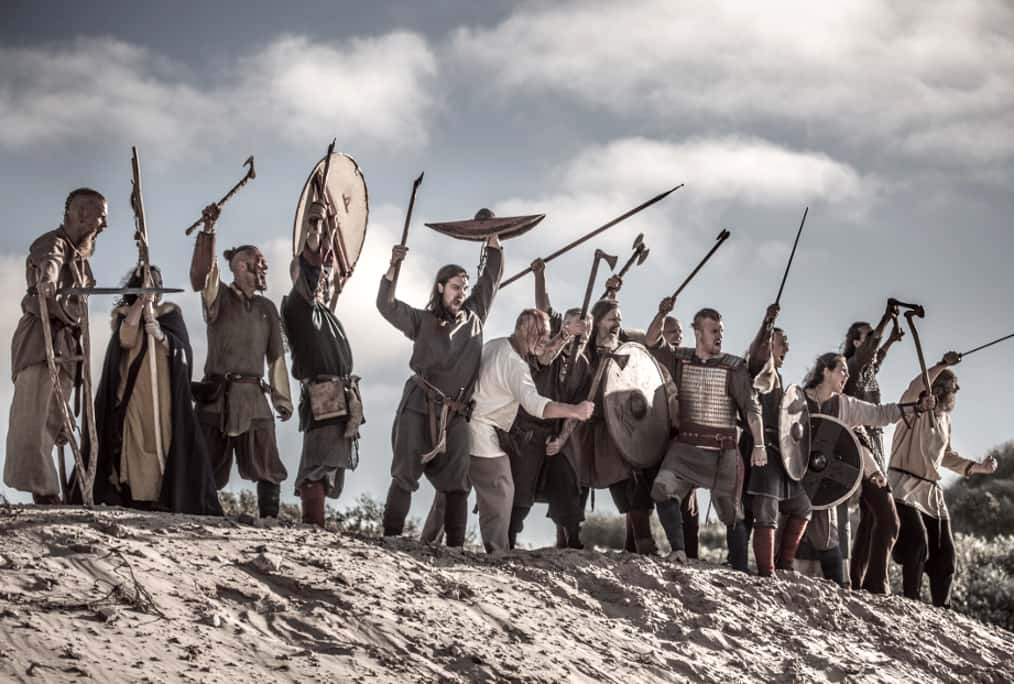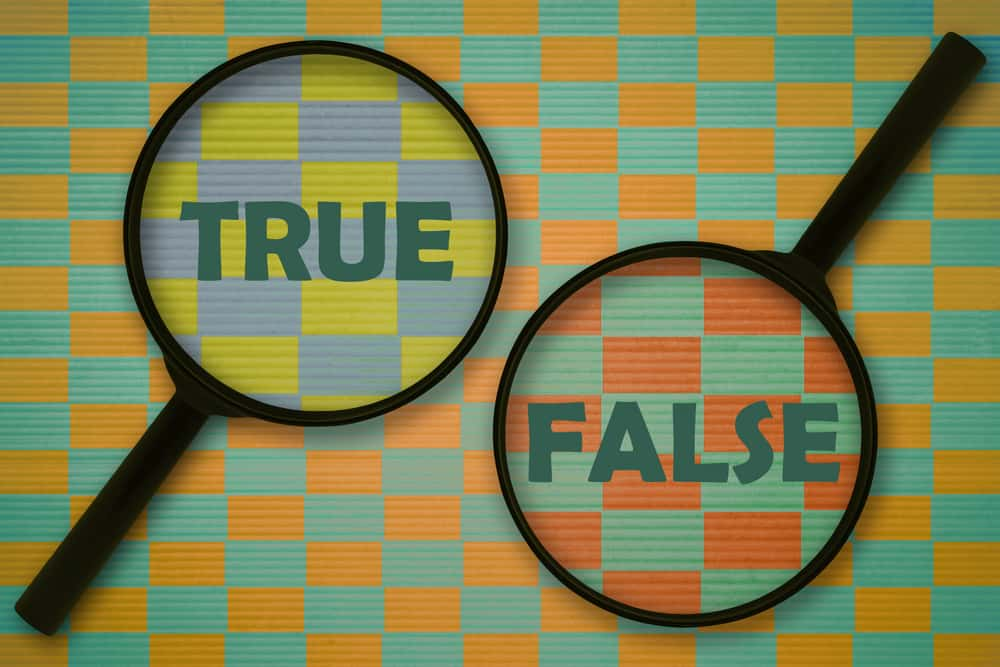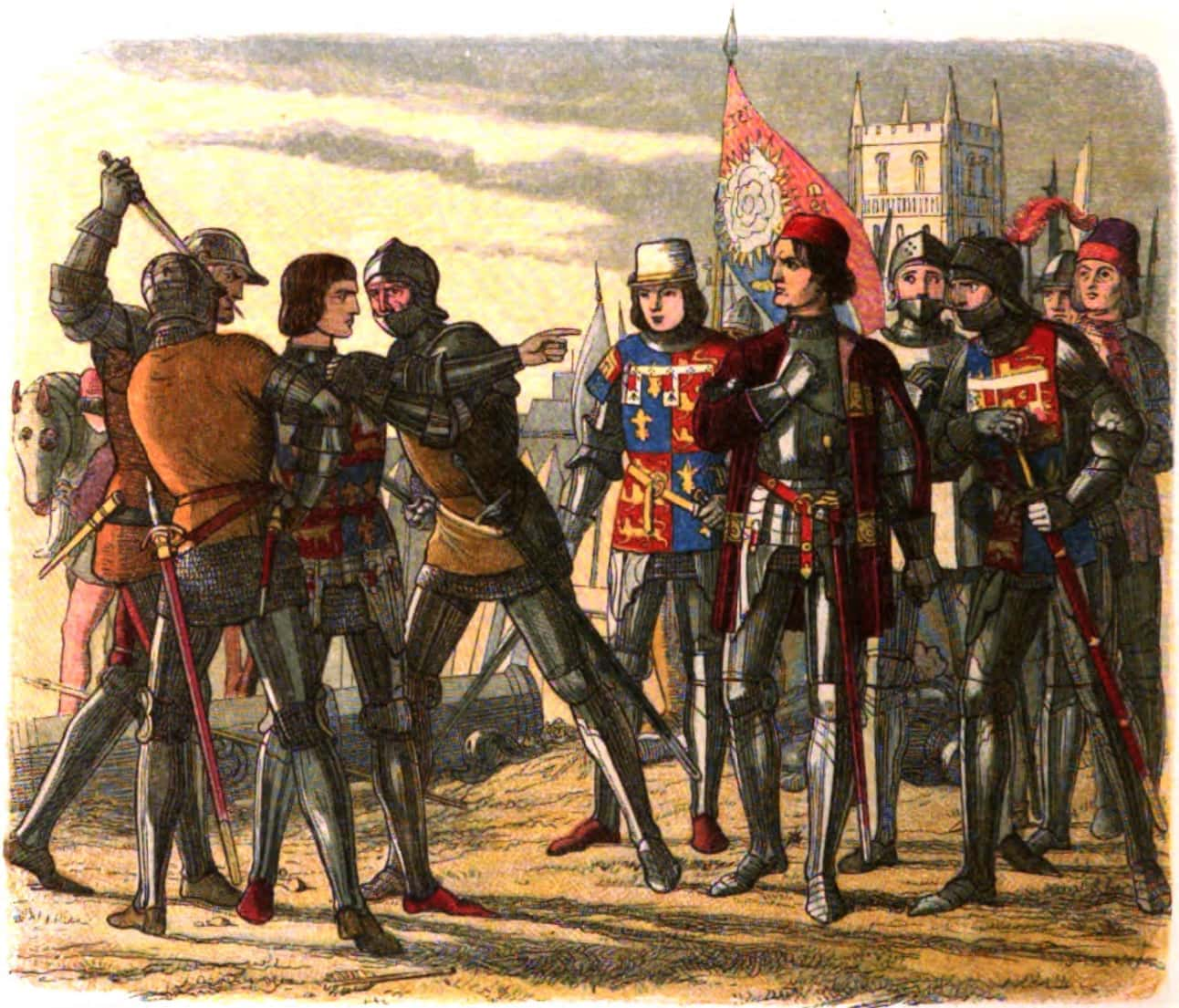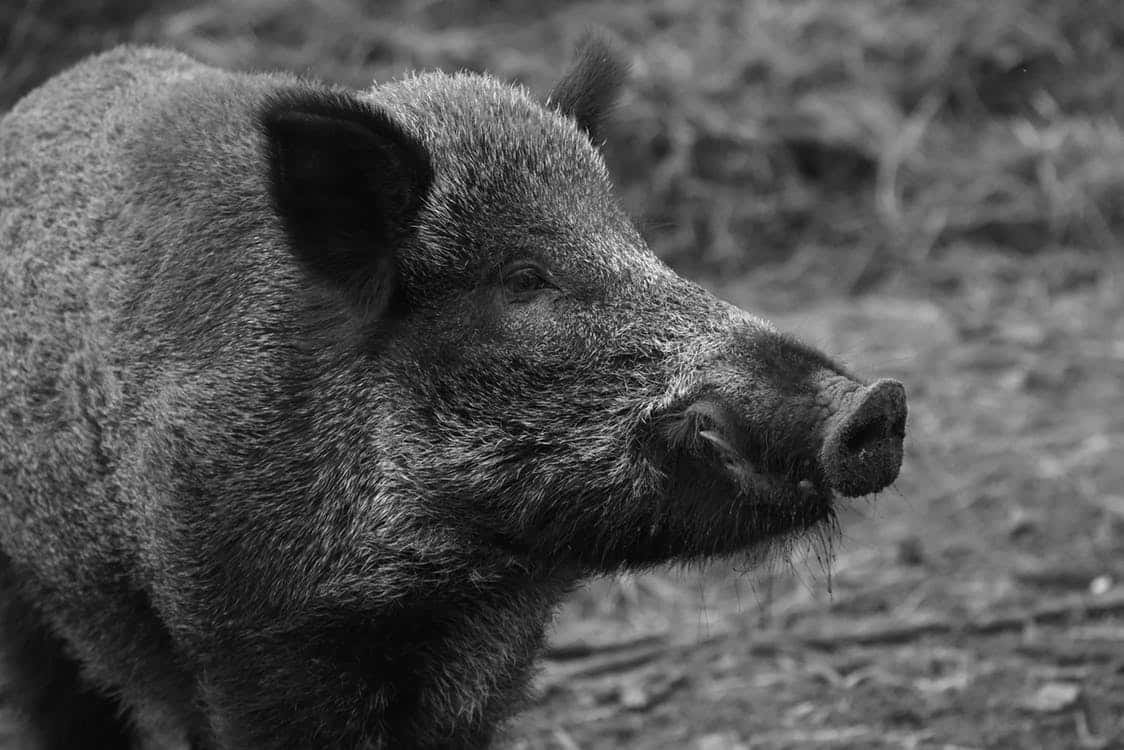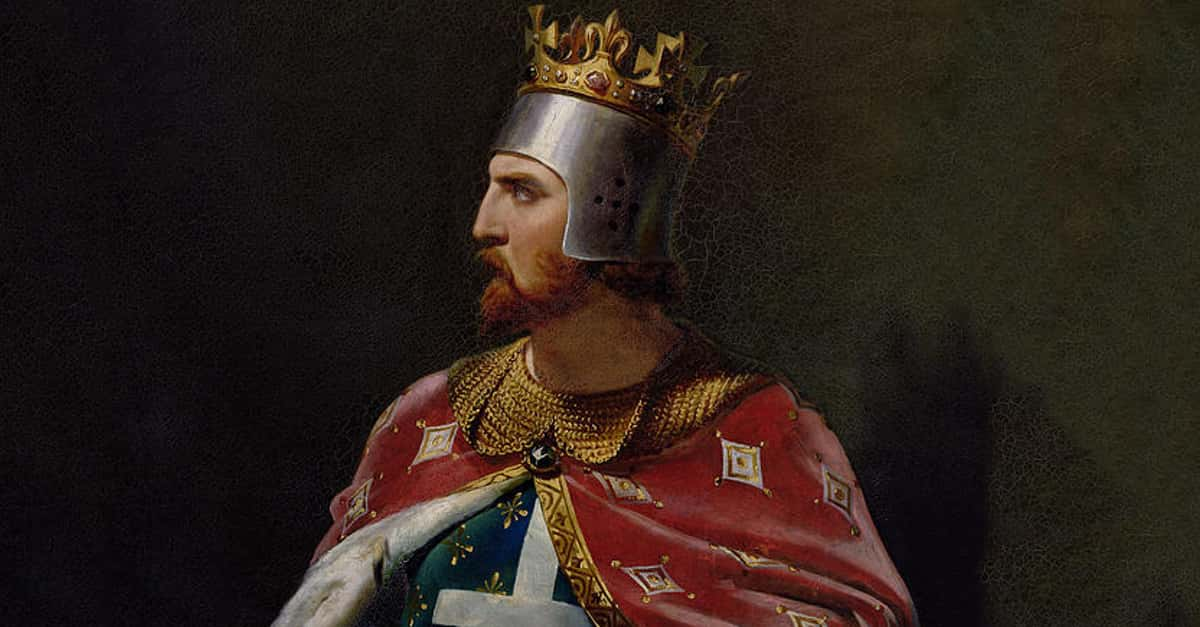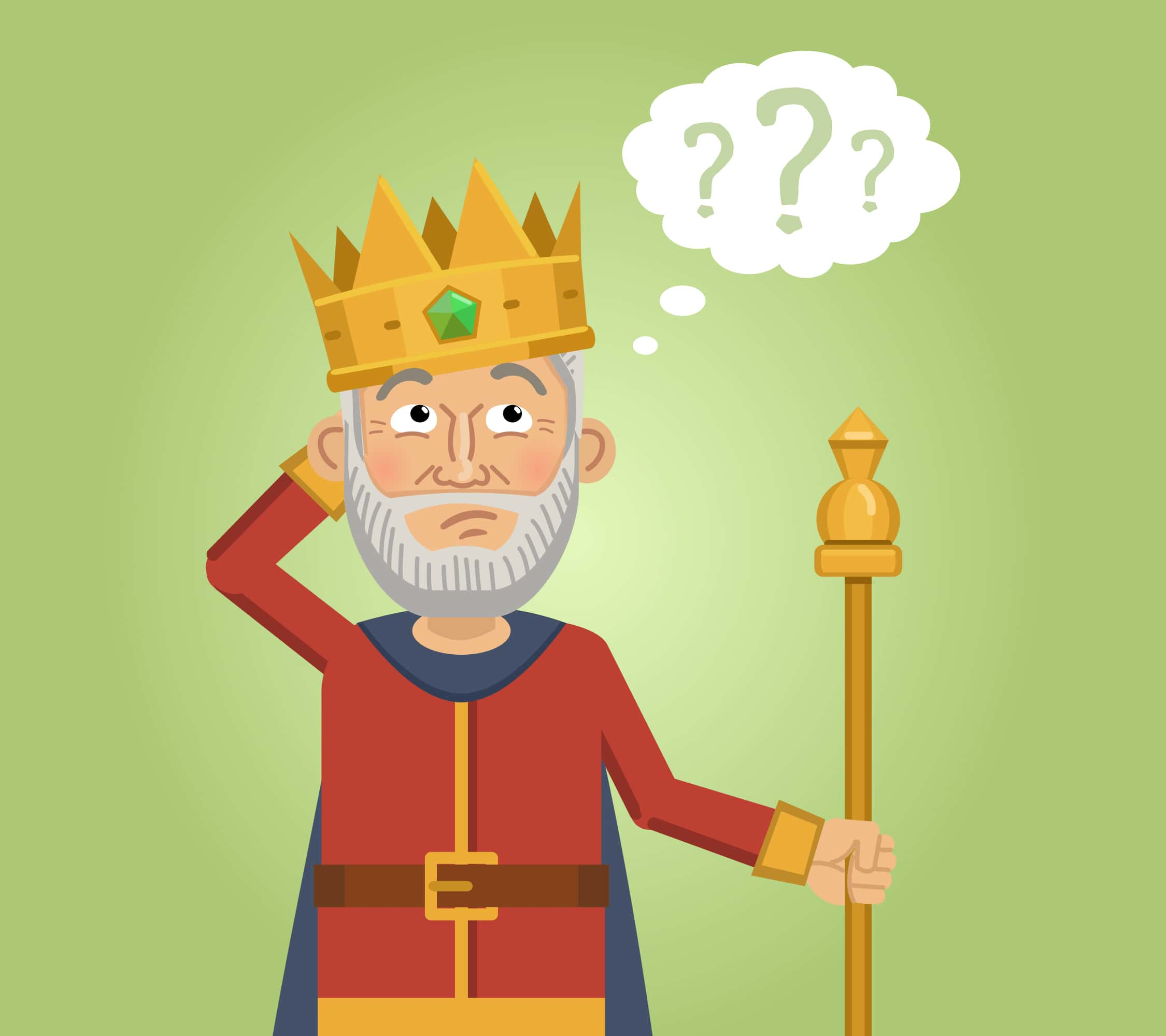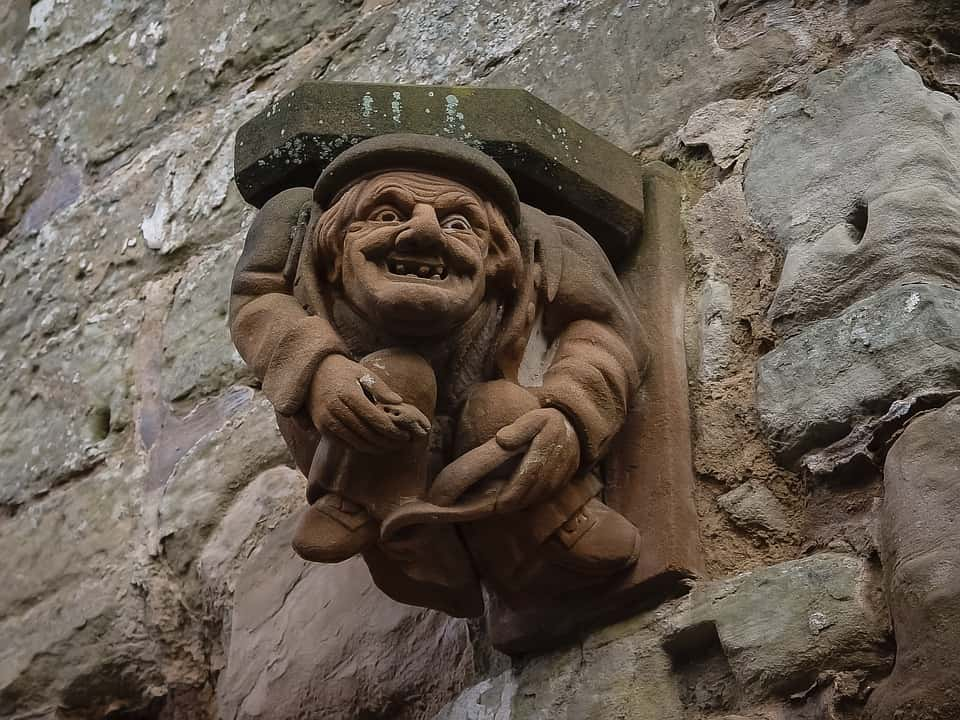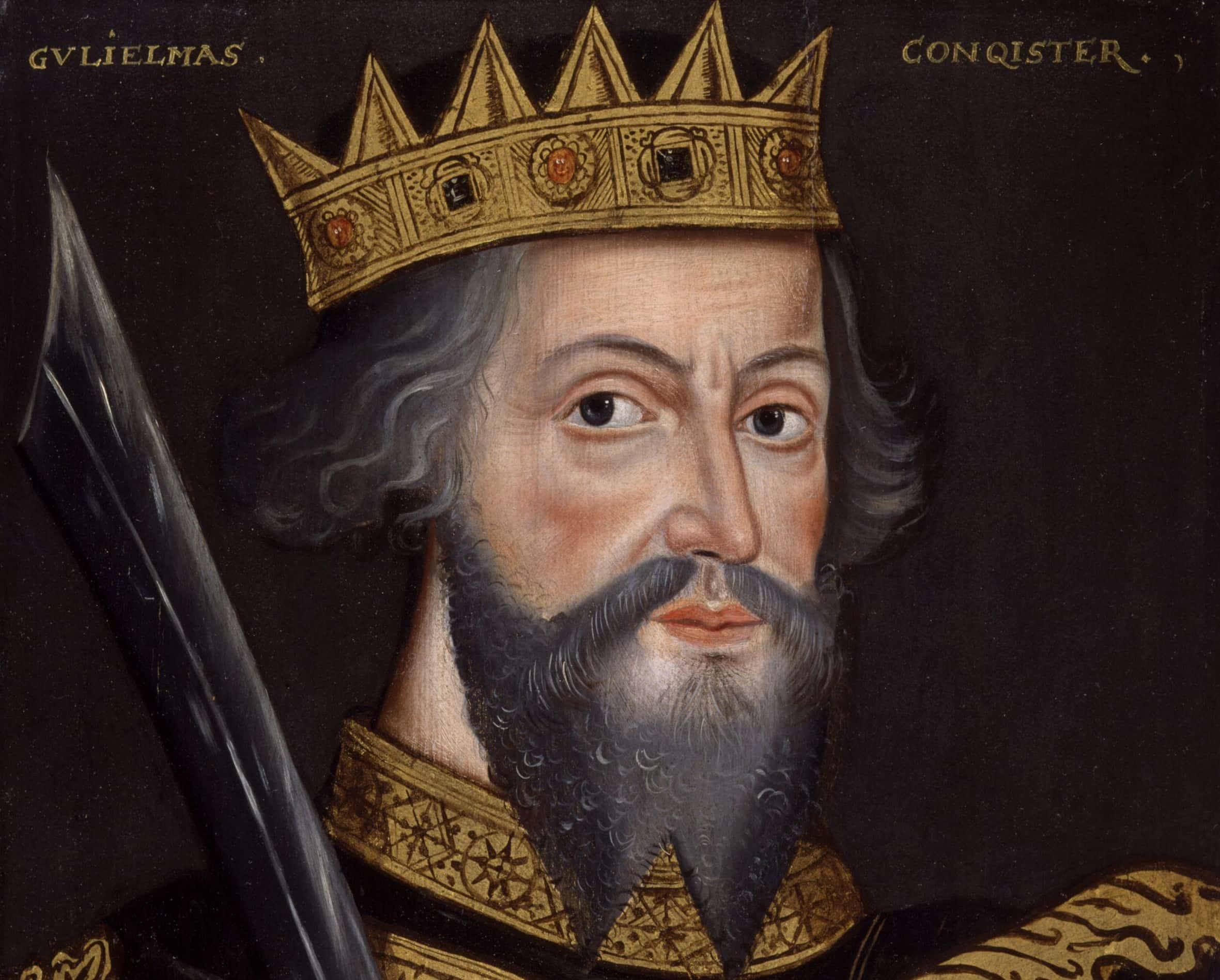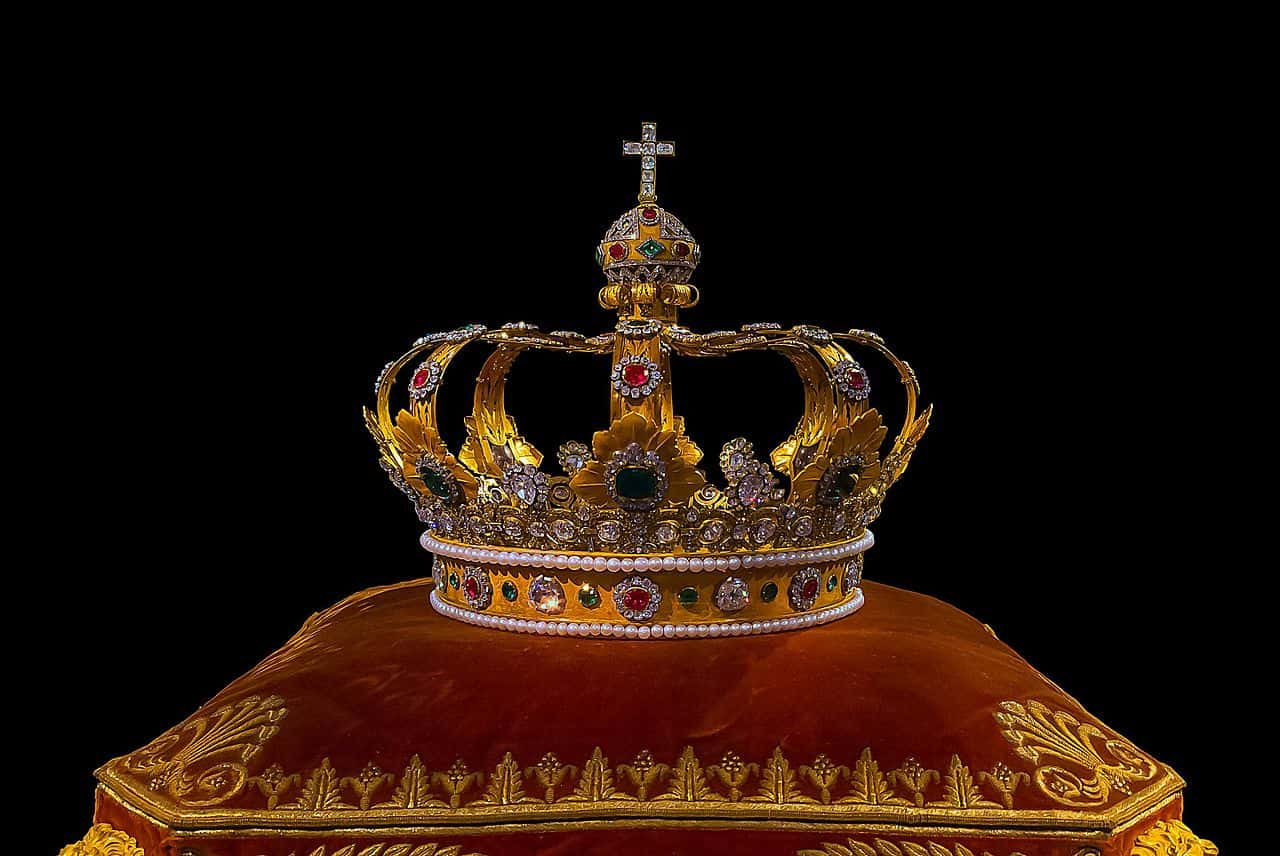Quiz: How Much Do You Know About Medieval England?
Reset Quiz ♻️
What was “The Domesday Book”?
Although it certainly sounds like an alchemical text or some secret, occult codebook, The Domesday Book was really just a census commissioned by William the Conqueror. Still, thanks to the book, we now know a lot about medieval life.
According to most estimates, the Black Death killed what portion of the European population?
The Black Death absolutely ravaged Europe. All told, 30-60% of the population succumbed to the bubonic plague, changing the face of the continent (including England) for centuries to come.
True or False: William the Conqueror was the first Norman King of England.
After the aforementioned Battle of Hastings, the victorious William the Conqueror beat the Anglo Saxon English to become the first Norman King of England.
What Scandinavian group invaded Europe, starting in 835?
The Vikings were nothing if not excellent invaders, and in 835 they started making their way into Europe.
What was the name of the war between the Holy Roman Empire and the Muslims?
The Crusades were a long string of religious wars fought by the Catholic church (and many European kings) to reclaim what the Church saw as their Holy Land from the Muslims.
True or False: King John I and Richard the Lionheart were brothers.
Even though history loves King Richard and despises King John, the two were actually blood brothers; their mother was the fearsome Eleanor of Aquitaine.
When was the Battle of Hastings?
The Battle of Hastings is one of the most famous battles in English history, and it took place in 1066. In it, William the Conqueror, well, conquered England. The victory kick-started much of English history as we know it.
What was the name of Richard the Lionheart’s wife?
Berengaria of Navarre was married to King Richard I. The couple had no children, and like her husband, Berengaria spent little time in England—in fact, she didn’t set foot in the country while Richard was king, though there’s some evidence she traveled there after his death.
What is a “pygg jar”?
The word “pygg” referred to a type of clay used to make pots. Coins were put into “pygg jars,” and thus they later became known as piggy banks.
What was NOT a common medieval ordeal?
It wasn’t easy being a medieval subject, and if someone was accused of a crime, they were often asked to perform a trial by fire (where their hands were burned), water (where they were thrown into water), or combat (where they had to fight to the death) in order to determine their guilt or innocence. As far as we know, though, Ordeal by Animal wasn't a thing.
True or False: The Medieval Ages were a time of rampant witch-hunts.
The Middle Ages were not actually that into witches or witch-hunts; the Catholic church in England mostly thought it was a bunch of hocus pocus. Real fear of witches began more in the 16th and 17th centuries.
What sport did King Edward II ban in 1314?
In the Middle Ages, “mob football” was a violent, noisy sport played with a pig’s bladder and an unlimited number of players. King Edward II wasn’t a fan of the destructive sport, and had it banned.
Who was Robert Bacon?
Before Nostradamus, the medieval period had Robert Bacon, a man who made some pretty eerie predictions in his time. For example, Bacon predicted the use of motorized cars, as well as airplanes.
True or False: The 100 Years' War lasted 100 years.
Maybe medieval scribes didn’t know how to count properly, because the 100 Years' War actually lasted more than 100 years, from 1337-1453.
What species of animal roamed free in the medieval countryside, before becoming extinct?
Bears used wander around England, but they went extinct in the 11th century. They were brought back in the later Middle Ages, but only so they could be hunted for sport.
What is the rough time period for the Middle Ages?
The medieval period lasted approximately from 400-1485, beginning with the fall of the Roman Empire. It’s usually divided into the Early, High, and Late Middle Ages.
True or False: people in the Middle Ages didn’t bathe a lot.
Medieval people actually bathed quite regularly! They felt that “cleanliness was next to Godliness,” and it was only with 16th-century Puritanism that frequent bathing went out the window.
In addition to being hair cutters, medieval barbers were also:
As well as cutting locks of hair, medieval barbers frequently cut open veins, and were known as surgeons (and dentists). After all, they did know how to work a razor.
Who was NOT a queen in medieval England?
Eleanor of Aquitaine, Margaret of Anjou, and Berengaria of Navarre were all prominent medieval queens. Catherine (or Kate) Middleton is a modern-day royal married to Prince William.
True or False: Richard the Lionheart spent most of his rule in England.
Despite King Richard’s popularity today, he actually only spent about six months of his entire reign in dear old England. Maybe fog and rain just wasn’t his kind of weather?
What was the nickname for the bubonic plague that ravaged England in the 1300s?
The Black Death, or the bubonic plague, was one of the most deadly pestilences to hit the world, and no man, woman, or child was safe from its grasp.
What is a codpiece?
Medieval fashions were quite different from today’s modern styles. One bizarre fashion was the codpiece, which emphasized a man’s private parts when he wore a short tunic.
King Richard I of England was also called:
Richard I is one of the most famous English kings, and goes by “The Lionheart” today. The nickname is well-earned: Richard was a military genius, and spent much of his life devoted to fighting in the crusades.
True or False: In medieval England, animals could be put on trial.
Animals were often put on trial in the Middle Ages. In one case, locusts were put on trial for eating up valuable crops—although they had to be tried in absentia, because they didn’t even show up for court.
Who was NOT a monarch in medieval England?
Queen Elizabeth II currently rules the British Empire, so it would be kind of difficult for her to also have been a medieval monarch.
What purpose did medieval gargoyles serve?
Although some people think medieval gargoyles were used to ward off evil spirits, they actually had a very practical purpose: they helped drain water off the buildings.
What was the name of the document King John was forced to sign in 1215, which changed the English monarchy forever?
King John was one of English history’s most unpopular kings, and in 1215 he was forced to sign the Magna Carta, a document that curtailed the monarch’s powers and revolutionized English law.
King William I was also called:
William I was better known as William the Conqueror, and he ruled England from 1066 to 1087, presiding over some of the nation’s biggest changes and upheavals.
A government ruled by a king or queen is also called a:
When a King or Queen rules the realm, this is called a “monarchy.”
What’s another name for the Middle Ages?
In the 19th century, the Middle Ages were also referred to as the “Dark Ages” because of the presumed lack of learning available to medieval people. However, modern research suggests that many thinkers of the Middle Ages were more informed than we previously thought.
Your Results
You’re a Medieval Peasant!
You’ve got some know-how about medieval England, but you’re lacking a well-rounded education! Hit the books, study up, and take it again to rise in the ranks. You never know just how far you’ll go.
You’re a Medieval Knight!
Chivalrous, brave, and strong, you’ve got the medieval world down pat, and you’re worthy of the status of a knight. If you study up in the halls of learning just a little bit more, you could continue to rise in the ranks.
You’re a Medieval Monarch!
All hail the King! You conquered this quiz, and you know medieval England as if it were your own royal lands, from its most famous rulers to its darkest days. We can only bow down to you!
Quiz
England’s Middle Ages weren’t just an idyllic time of knights, quests, and fair maidens—they also had a hefty dose of war, disease, and dark intrigue. Though those days are long gone, we still have a lot to learn from them—so how much do you really know about medieval England?
Dear reader,
Want to tell us to write facts on a topic? We’re always looking for your input! Please reach out to us to let us know what you’re interested in reading. Your suggestions can be as general or specific as you like, from “Life” to “Compact Cars and Trucks” to “A Subspecies of Capybara Called Hydrochoerus Isthmius.” We’ll get our writers on it because we want to create articles on the topics you’re interested in. Please submit feedback to hello@factinate.com. Thanks for your time!
Do you question the accuracy of a fact you just read? At Factinate, we’re dedicated to getting things right. Our credibility is the turbo-charged engine of our success. We want our readers to trust us. Our editors are instructed to fact check thoroughly, including finding at least three references for each fact. However, despite our best efforts, we sometimes miss the mark. When we do, we depend on our loyal, helpful readers to point out how we can do better. Please let us know if a fact we’ve published is inaccurate (or even if you just suspect it’s inaccurate) by reaching out to us at hello@factinate.com. Thanks for your help!
Warmest regards,
The Factinate team

